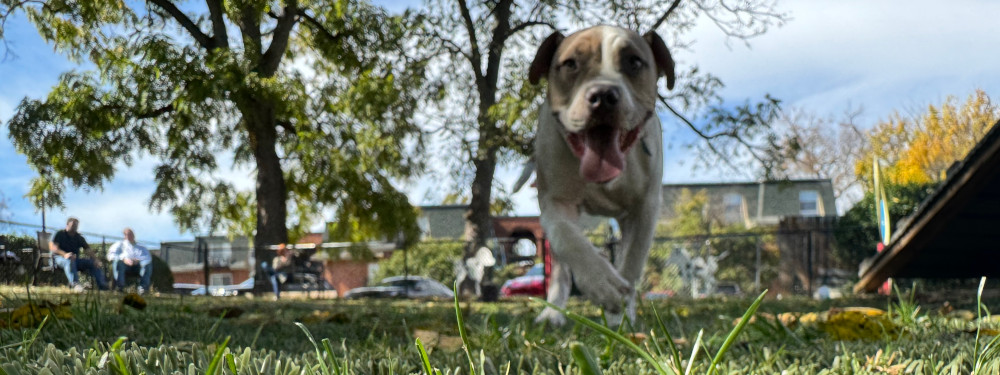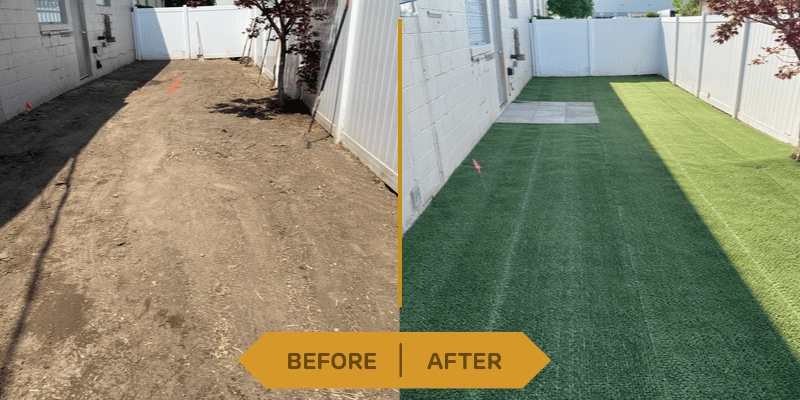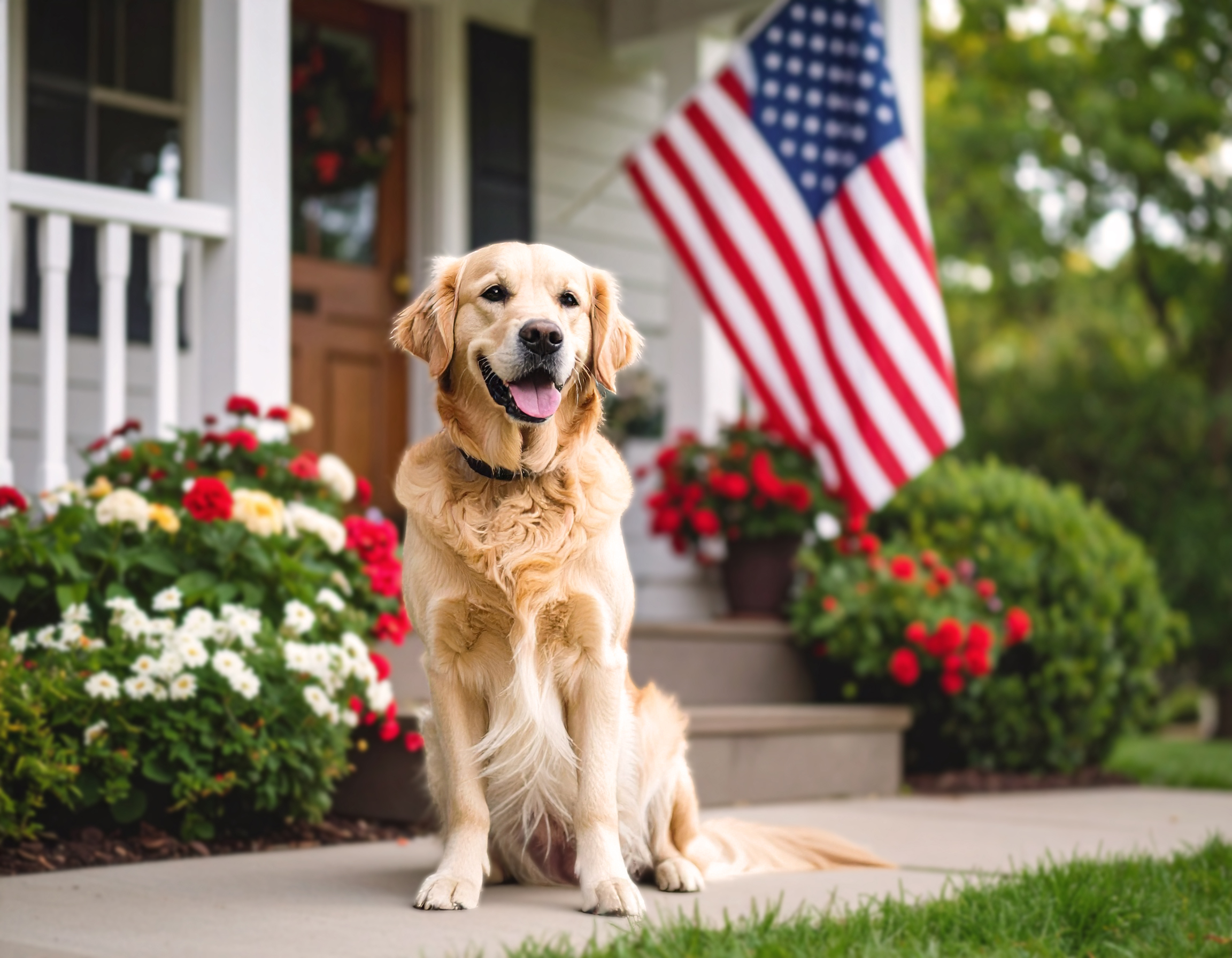
The best gift we can give our dogs is a long, healthy, and enriched life. Bobi, the world’s oldest dog ever, was a testament to this. Unfortunately, Bobi died recently at a staggering 31 years old—but he leaves behind a legacy of head pats and treat requests. While we can’t expect our pet friends to stick around forever, the least we can do is provide an environment, such as artificial turf for dogs, that is conducive to good health and long life. Check out our keys to a long, happy dog life below or send it along to someone you know so they can spend many long, happy years with their canine pal.
While it’s unlikely for a dog to live past 30 like Bobi did, the least we can do is give our dogs a good shot at a long, healthy life full of love. It’s part of the deal we take on as pet parents. We’re responsible for their well-being and they’re responsible for… well, barking at the mailman or lying belly-up in a patch of sunlight, but that doesn’t make their job any less important! In seriousness, for many of us, dogs make life just a bit more worth living, so why not keep the party going?
Subscribe
to our newsletter
Recent Posts
Contact us:
2381 Centerline Industrial Drive
St. Louis, MO 63146
Quick Links
© 2025 GrassWorx, LLC. All Rights Reserved. Natura® is a registered trademark of GrassWorx, LLC. St. Louis, MO 63146.

Let's keep that shopping cart on ice for you for a bit. Enter some basic information and we'll keep your items in your cart while you think things over.

Valid on all products purchased on natura-turf.com
July 3, 2025 – July 17, 2025